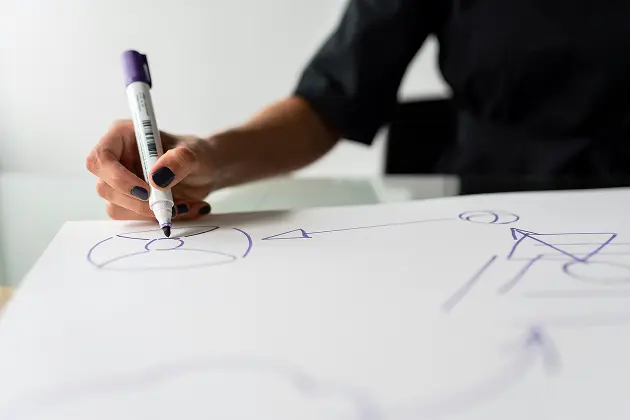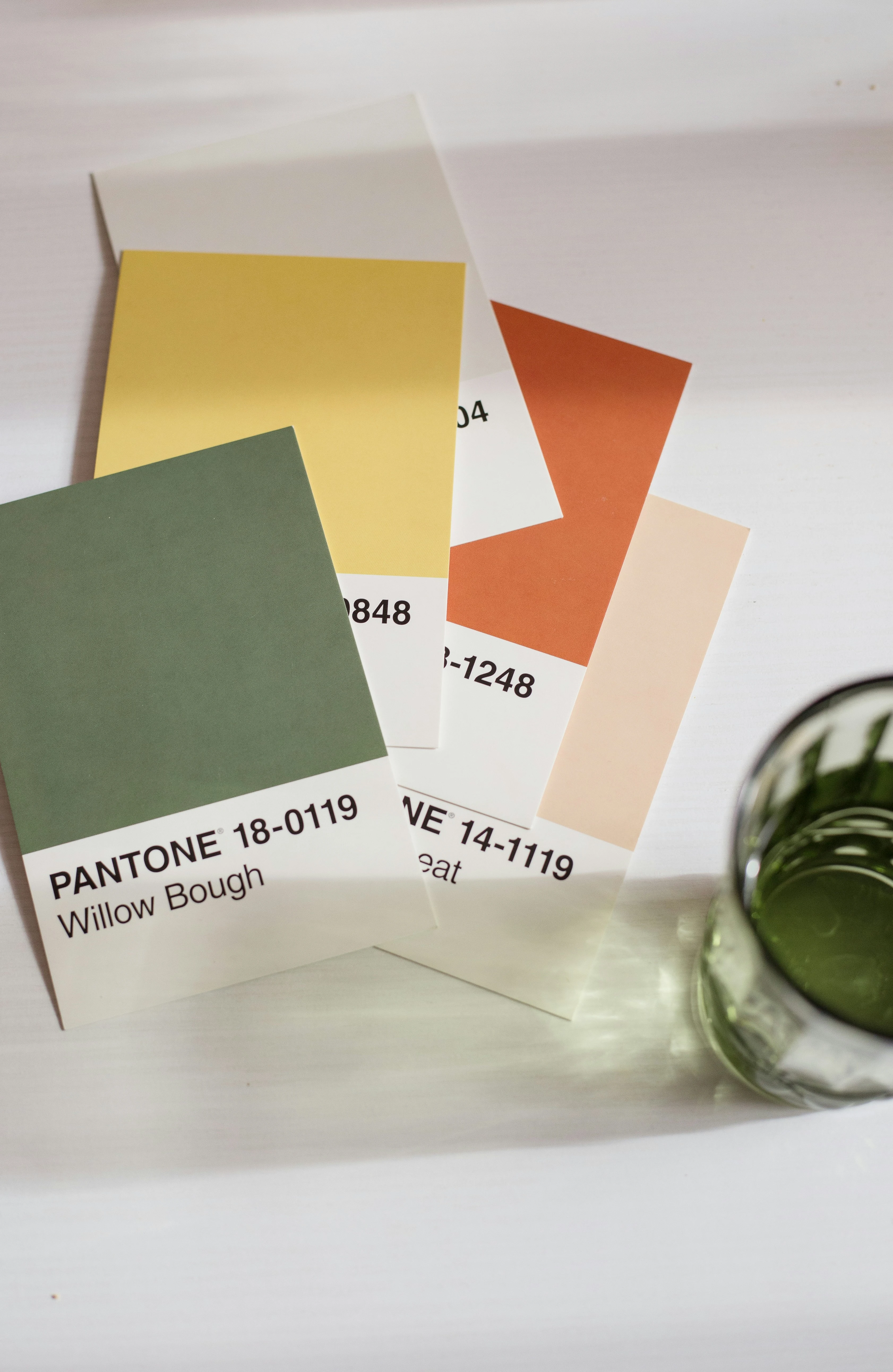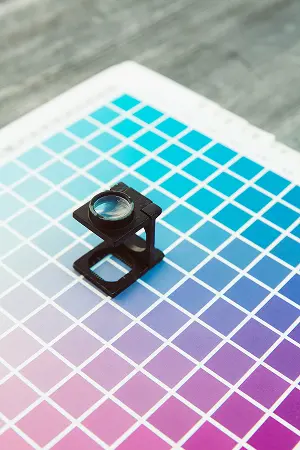Article Summary
Complete guide on the design process. Learn about its phases, types and steps to improve your creative projects.
The design process is much more than creativity or talent; it's the methodology that transforms ideas into solutions... When we carry out a design project, it's not just about having a good idea, but about following a structured method that allows us to transform concepts into real and effective solutions. This process applies to different disciplines —such as graphic design, fashion design, product design or architectural design— and is key to shaping projects that really work.
In my day-to-day as a graphic designer, the design process is the tool that helps me solve problems effectively, organize work and achieve coherent and successful results. Whether you're in a university environment or a professional one, applying this methodology will be very useful for structuring your projects and achieving better results.
In this article I'm going to tell you what the design process is, the main types of design, how it's applied and how to create a design plan that turns a briefing into a successful final result.
 The design process begins with exploring ideas and sketches on paper.
The design process begins with exploring ideas and sketches on paper. What is the design process
The design process is a series of systematic stages that help us define a problem, explore different solutions and transform them into a measurable and functional result.
In the case of graphic design, we often talk about graphic process, since this method applies to visual projects such as brand identities, advertising campaigns, editorial design or digital interfaces.
A key aspect is that the process is not linear. We move forward, but we also go backwards when necessary: returning to the research phase to adjust a concept, rethinking a sketch or redefining an objective. That movement of going backwards and forwards turns the process into a continuous improvement cycle. Remember: sometimes it's necessary to take a step back to take two forward.
The design process in graphic design
In my discipline, graphic design, the design process is the foundation of everything. Applying it correctly ensures visual coherence, justified decisions and efficiency in delivery times.
A solid graphic design process avoids improvisation and turns every decision —from choosing a typography to defining a color palette or arranging elements— into a purposeful step. Additionally, it facilitates communication with clients, as they can see and understand each phase of the creative journey.
This aspect is key because it allows for better time estimation, project organization and realistic work planning.
If you want to delve deeper into each stage of this methodology applied specifically to the graphic field, I recommend also reading my article on the phases of graphic design, where I explain each step of the process in detail.
How to design a project step by step
Once we've seen what the design process is and why it's important, it's time to explain how to apply it. To do this practically, a design plan that acts as a guide is necessary. Below, I share a scheme applicable to all types of design projects.
Design plan and objective definition
The first step is to clearly define the project: communication objectives, target audience, technical limitations and deadlines. Here the necessary information is collected so that all subsequent decisions are aligned. It's fundamental to define objectives together with the client, as mutual understanding from the start avoids confusion and facilitates project success.
Research and references
With the framework defined, comes the phase of collecting visual references and analyzing competitors and trends. This stage provides context and builds a solid foundation for design. In graphic projects I recommend creating a moodboard, as it's a very useful tool for aligning visual expectations. It's also important to ask the client for references that inspire them, to better understand the visual universe they want to convey.
Conceptualization and ideation
In this stage, multiple ideas, sketches and creative routes are generated. The objective is to explore different possibilities before selecting the most appropriate one. Here brainstorming is essential: first you have to let your imagination fly without filters, and then move to a synthesis process where the best proposals are selected and refined.
Prototyping and testing
Prototyping turns ideas into something tangible: mockups, wireframes, print tests or digital prototypes. Here tests are conducted with clients or users to validate the functionality and coherence of the design. Tip: define from the start the number of revision rounds to avoid entering an infinite loop of changes and ensure the project progresses in a controlled manner.


Development and final artwork
Once the prototype is approved, the detail phase begins. In graphic design, if it's a physical piece, this means preparing the final artwork ready for print or digital, taking care of formats, color profiles and resolutions.
Evaluation and learning in design projects
The process doesn't end with delivery. The last stage consists of evaluating the results: analyzing what worked and what could be improved. For me, continuous improvement is essential: each project becomes a learning experience that enriches the following ones.
Examples of applied design projects
Branding and graphic campaigns
A rebranding begins with defining values, creating moodboards, visual explorations, logo prototypes and validation with test pieces like cards or social media.
Product design projects
Developing furniture or a tech gadget requires material research, functional prototypes, resistance testing and final production.
Interface design and user experience
In digital, a lead generation landing page goes through user research, wireframes, interactive prototypes, usability testing and final visual design to optimize conversions.
Conclusion: the graphic process as a strategic and creative guide
When carrying out a design project, the design process is not an extra, it's a necessity. It's the methodology that guides the path to convert ideas into clear, useful and coherent solutions.
In my case, as a graphic designer, it allows me to work with order, justify every decision and offer results that really work. But the same happens if you're in architecture, product design or the digital field: this methodology is essential.
My advice: whether you're taking your first steps at university or already working with clients, make the design process your best ally. It will allow you to optimize time, communicate better and, above all, achieve more solid and effective projects.
Remember: good design is not just about aesthetics, but also about strategy. And the design process is the compass that helps you reach that destination.
Frequently Asked Questions about the Design Process
Definition, Research, Ideation, Prototyping and Testing. In many cases, Final Development and Evaluation are added.
It's the set of stages that allow transforming a problem into a creative and functional solution, applicable to different disciplines.
It's understood as an organized and iterative methodology that helps make decisions with criteria and improve the results of any creative project.
Some of the most used are: Design Thinking, Double Diamond, Lean methodologies and classical approaches from industrial or architectural design.
It's the series of stages in architecture that cover preliminary project, basic project and executive project, considering regulations, structures and aesthetics.
Written by Maria Gutierrez Maroto